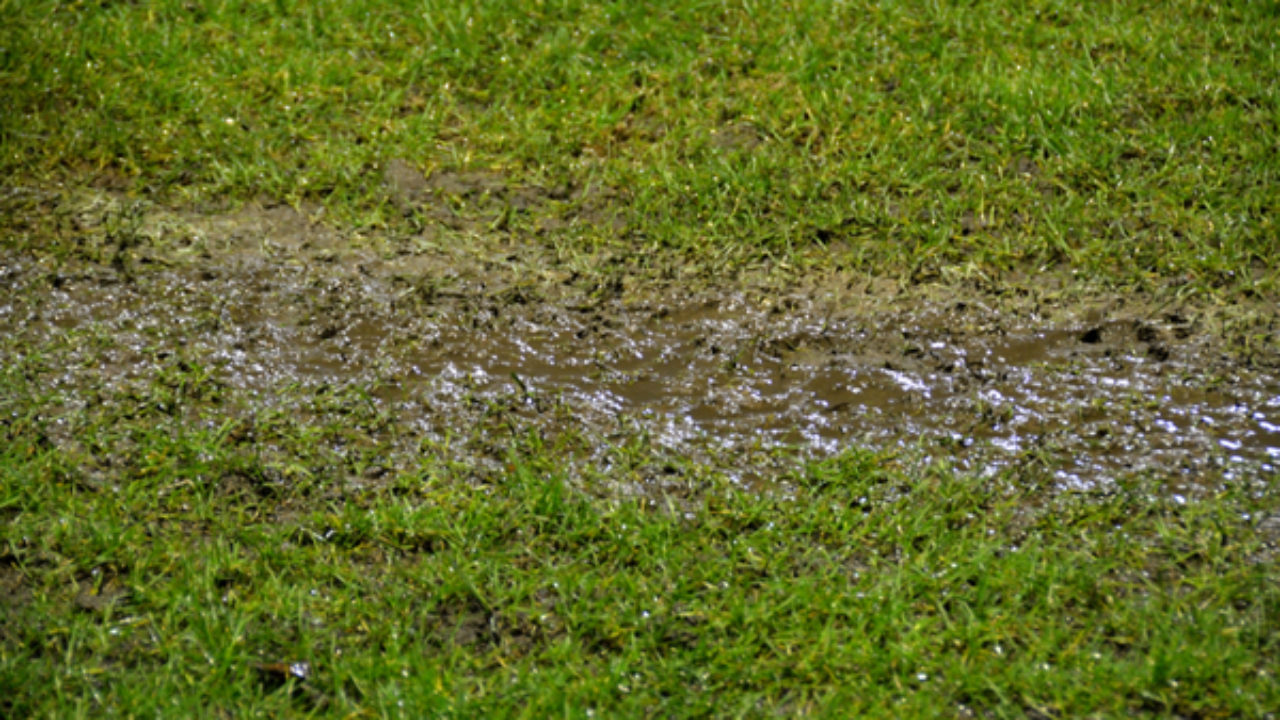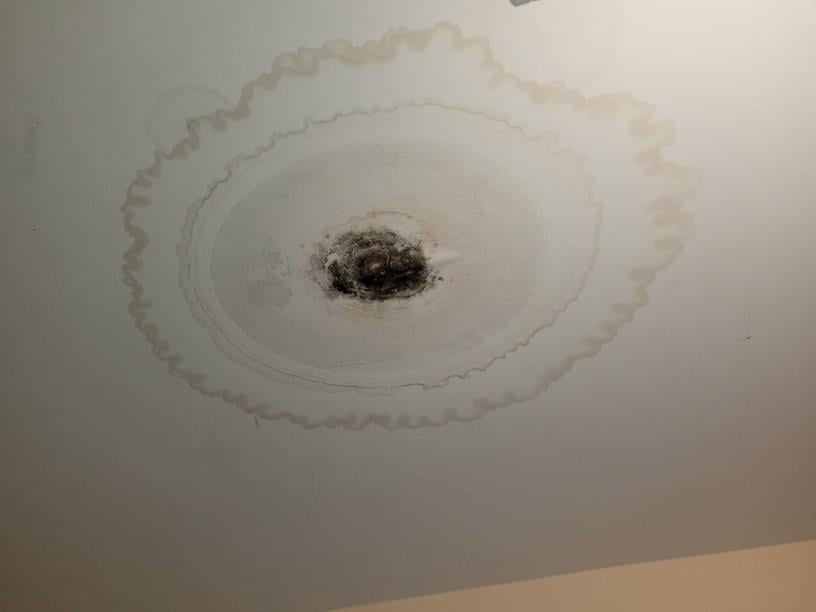Exactly how to Examine If Your Home Has a Surprise Leak
Exactly how to Examine If Your Home Has a Surprise Leak
Blog Article
Were you in search of help on Top leak detection hacks?

Early detection of dripping water lines can mitigate a possible catastrophe. Some tiny water leakages might not be visible.
1. Analyze the Water Meter
Every house has a water meter. Inspecting it is a guaranteed way that aids you uncover leaks. For starters, switch off all the water sources. Ensure no person will certainly flush, use the faucet, shower, run the washing machine or dish washer. From there, go to the meter and watch if it will certainly alter. Because no person is using it, there must be no movements. That suggests a fast-moving leakage if it moves. If you find no adjustments, wait an hour or 2 and also inspect back once again. This suggests you may have a slow-moving leak that could also be underground.
2. Inspect Water Usage
If you identify abrupt adjustments, despite your intake being the exact same, it implies that you have leaks in your plumbing system. An unexpected spike in your bill indicates a fast-moving leakage.
A stable rise every month, also with the very same routines, reveals you have a slow leakage that's likewise slowly intensifying. Call a plumber to extensively check your home, specifically if you really feel a cozy location on your flooring with piping below.
3. Do a Food Coloring Test
When it comes to water usage, 30% comes from commodes. If the color in some way infiltrates your bowl during that time without flushing, there's a leakage between the tank and also dish.
4. Asses Outside Lines
Don't fail to remember to check your outside water lines too. Must water permeate out of the link, you have a loose rubber gasket. One small leak can lose tons of water as well as spike your water bill.
5. Examine and Assess the Situation
Property owners should make it a routine to inspect under the sink counters and even inside cupboards for any kind of bad odor or mold and mildew growth. These 2 warnings indicate a leakage so timely attention is called for. Doing routine evaluations, also bi-annually, can conserve you from a major problem.
More importantly, if you know your residence is currently old, maintain a watchful eye on your heating units, tubes, pipes etc. Check for discolorations and also damaging as a lot of pipelines and home appliances have a life expectancy. They will certainly likewise naturally wear away because of tear and use. If you suspect leaking water lines in your plumbing system, do not wait for it to rise. Call a professional plumber right away so you do not end up with a terrible mess in your house.
Early discovery of dripping water lines can mitigate a prospective calamity. Some tiny water leaks might not be noticeable. Checking it is a proven method that assists you uncover leaks. One small leak can squander bunches of water and also spike your water bill.
If you believe leaking water lines in your plumbing system, do not wait for it to rise.
WARNING SIGNS OF WATER LEAKAGE BEHIND THE WALL
PERSISTENT MUSTY ODORS
As water slowly drips from a leaky pipe inside the wall, flooring and sheetrock stay damp and develop an odor similar to wet cardboard. It generates a musty smell that can help you find hidden leaks.
MOLD IN UNUSUAL AREAS
Mold usually grows in wet areas like kitchens, baths and laundry rooms. If you spot the stuff on walls or baseboards in other rooms of the house, it’s a good indicator of undetected water leaks.
STAINS THAT GROW
When mold thrives around a leaky pipe, it sometimes takes hold on the inside surface of the affected wall. A growing stain on otherwise clean sheetrock is often your sign of a hidden plumbing problem.
PEELING OR BUBBLING WALLPAPER / PAINT
This clue is easy to miss in rooms that don’t get much use. When you see wallpaper separating along seams or paint bubbling or flaking off the wall, blame sheetrock that stays wet because of an undetected leak.
BUCKLED CEILINGS AND STAINED FLOORS
If ceilings or floors in bathrooms, kitchens or laundry areas develop structural problems, don’t rule out constant damp inside the walls. Wet sheetrock can affect adjacent framing, flooring and ceilings.
https://www.servicemasterbyzaba.com/blog/how-to-detect-water-leakage-in-walls/

As a serious reader about Leaking water lines, I thought sharing that excerpt was important. So long as you enjoyed reading our blog post kindly make sure you remember to pass it around. Thanks a bunch for your time. Don't hesitate to pay a visit to our website back soon.
Report this page